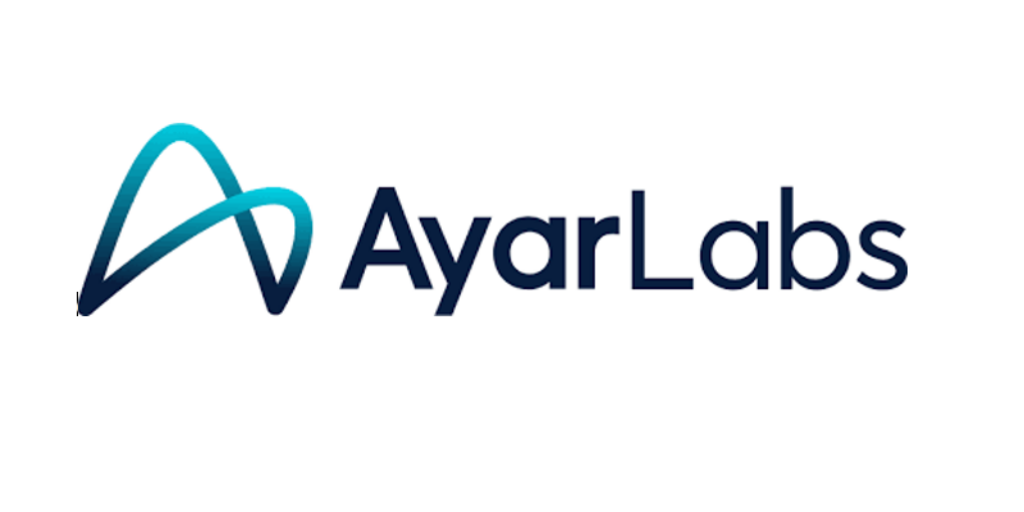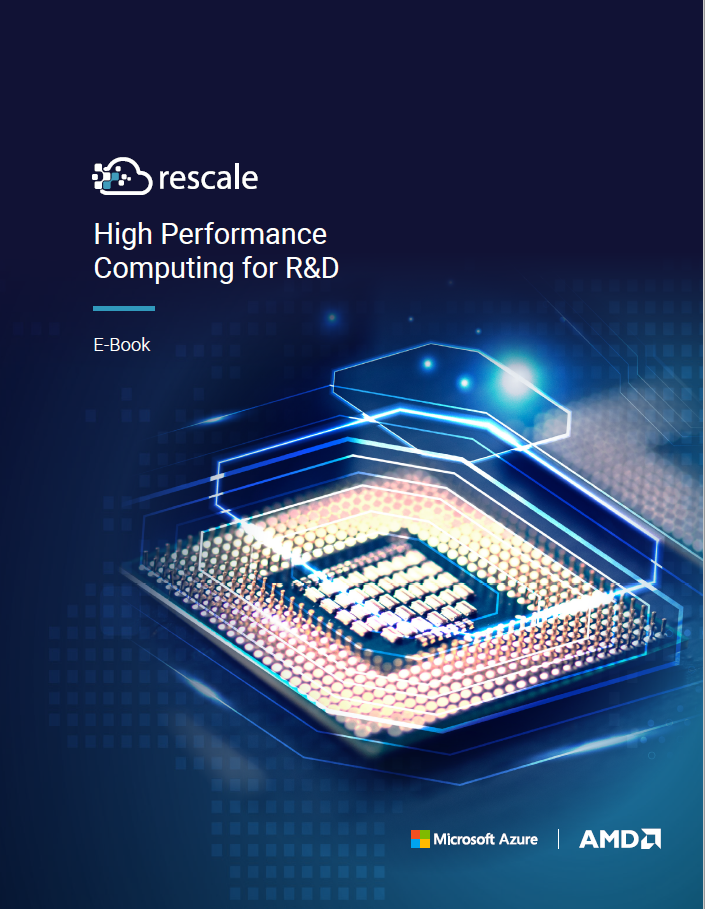![]() Sponsored Post
Sponsored Post
When considering a large complex system, such as an AI cluster, supercomputer, or compute cluster, you may think you only have two options—build from scratch from the ground up, or buy a pre-configured, supercomputer-in-a-box from a major technology vendor that everyone else is buying. But there is a third option that takes a best-of-both-worlds approach. This gives you “building blocks” expertly designed around network, storage, and compute configurations that are balanced, but also flexible enough to provide scalability for your specific project needs.
Across the AI, ML, and HPC landscape, organizations are moving from proof-of-concept to production projects that require software and hardware beyond off-the-shelf components or cookie-cutter server infrastructures. Most AI and ML projects demand that computing power, storage capacity, and network infrastructure work seamlessly together to avoid bottlenecks. For example, the fastest processors available won’t matter if your storage network is slow.
Several companies, including NVIDIA, offer complete, supercomputer-in-a-box systems that harness the power of the NVIDIA A100 GPU and its related components. The NVIDIA DGX™ SuperPOD, for example, offers a complete system that provides great performance and several options for those looking for the latest features.
No two custom solutions are alike. This is great for customers that either need a unique solution for a unique problem or don’t have the budget for a pre-configured solution large enough to meet their needs. These customers are willing to introduce variables to their system design to reach their goals. Not everyone is like that, and rightfully so, which is where the out-of-the-box options are most valuable.
With out-of-the-box solutions, customers could end up with features or hardware that they don’t need or fall short in areas where they could use some extra power. That’s where working with the expert design engineers at Silicon Mechanics can help. Alternatives to the DGX A100 SuperPOD exist that can provide the same amount of performance, but with the additional bonus of having specific customizations that directly connect with a company’s AI, ML, or deep learning project.
Architects like our team at Silicon Mechanics want to reduce the number of variables in system designs to lower the perceived risk for our customers. We believe that building a strong solution for any workload requires balance between network, storage, and compute. So, we’re developing network, storage, and compute building blocks that are each unique, tested, and high-performance, but have their own, specific purpose in a larger system design.
So, what does Silicon Mechanics approach building block cluster design provide for clients? Scalability.
Whether you’re building a small, proof-of-concept project or aiming for something bigger from the start, you want to protect your investment and be sure that the system will adapt and grow as your project grows. Design flexibility is key here, with the ability to add nodes or racks to the hardware as needed. Completely custom design allows for nearly any expansion but leaning on pre-defined building blocks simplifies the process and provides predictable ROI.
It’s important to scale intelligently. It does you no good to have a ton of computing boxes with no ability to feed them the data required for training the model. This approach maintains balance between compute, networking, and storage, preventing bottlenecks and slowdowns.
These are some of the reasons why the flexible Silicon Mechanics Atlas AI Cluster configuration is designed to support future growth. With each storage node and compute node that you add, the performance of the cluster scales linearly, and can be added seamlessly down the road. As your problem set grows, or if compute and storage requirements change, update, or evolve, the system is designed to scale together seamlessly.
To learn more, read this white paper about the Silicon Mechanics Atlas AI Cluster and learn how clusters can be designed for scale.



